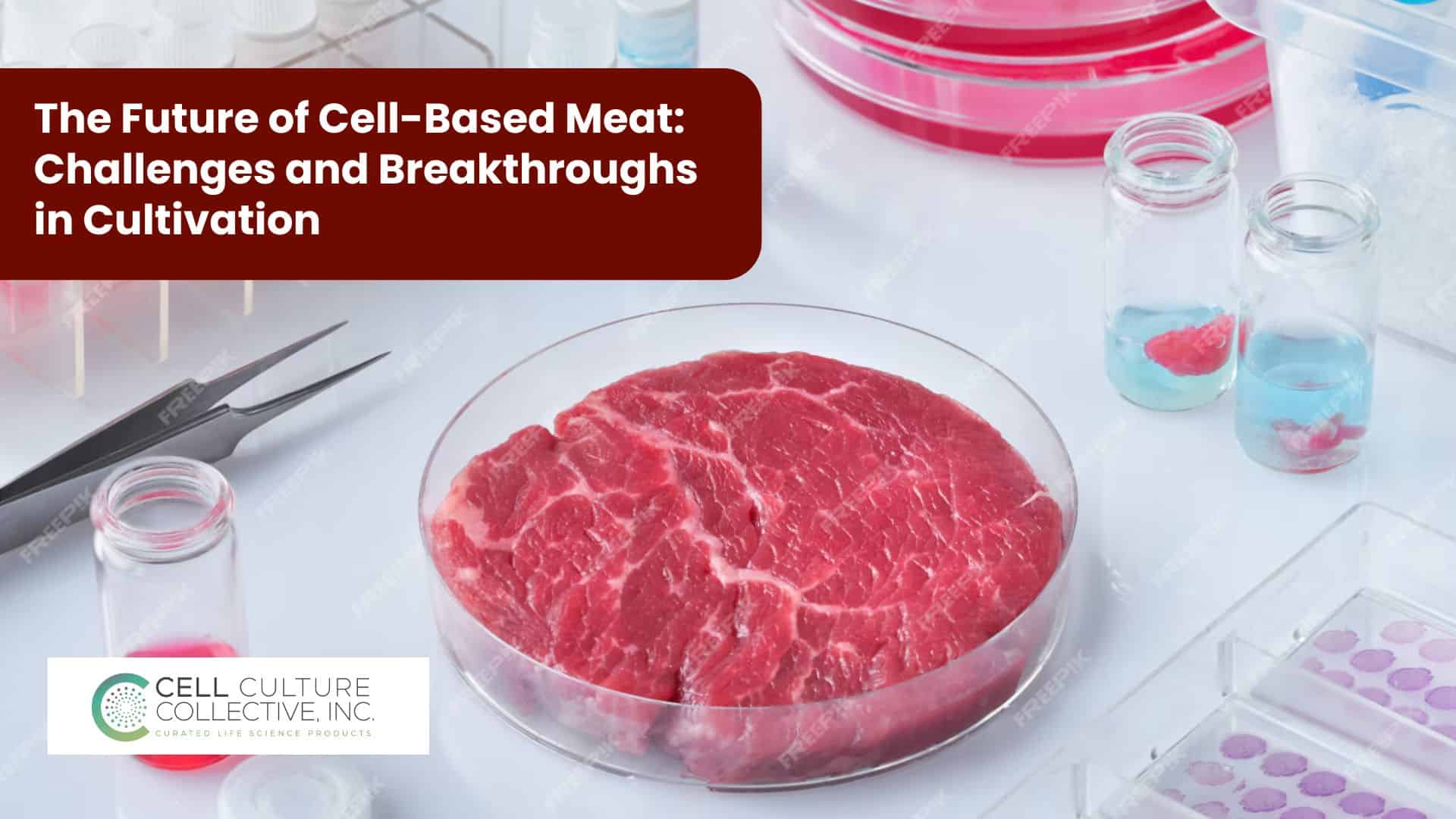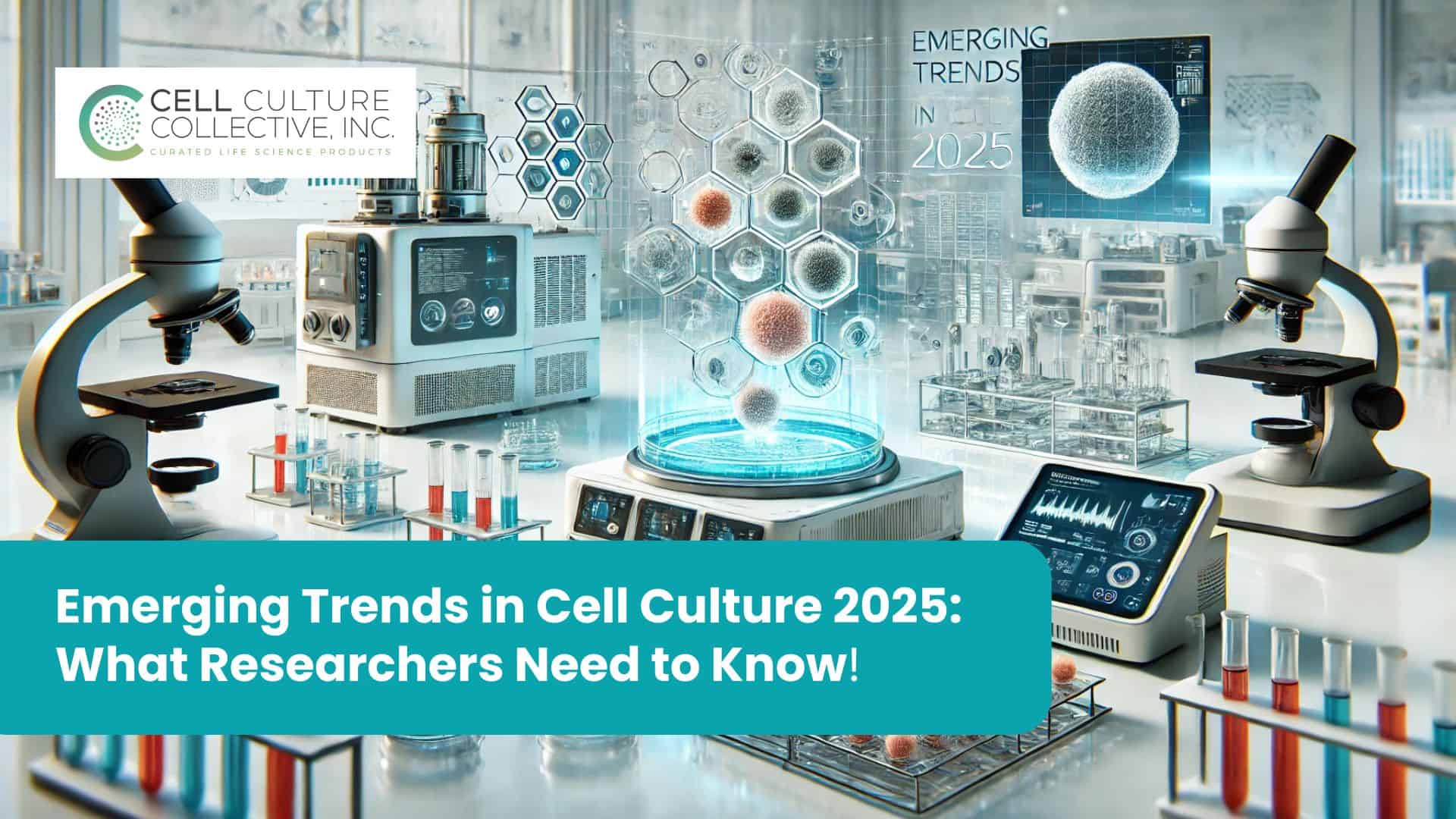Imagine working with cells that haven’t lost their natural instincts—that’s the essence of primary cell culture. Derived directly from living tissues, these cultures offer a rare, authentic glimpse into how cells behave in their original environment. Unlike continuous cell lines that adapt to lab conditions over time, primary cell cultures hold onto the true identity of their source. This unique trait makes them invaluable tools in research, whether scientists are decoding diseases, testing therapies, or pushing the boundaries of regenerative medicine.
Primary cell culture isn’t just about growing cells; it’s about preserving life’s nuances in a lab setting. In this blog, we’ll explore what sets primary cell cultures apart, the advantages and challenges they bring, and why they’re at the forefront of breakthroughs across biomedical fields.
What is Primary Cell Culture?
Primary cell culture refers to the technique of growing cells directly from living tissues in a controlled lab environment. These cells retain many of the physiological characteristics of their original tissue, giving researchers a closer look at how cells behave under natural conditions. By preserving the cell’s unique biological identity, primary cultures offer insights that are incredibly close to real life, which is essential for accurate studies in drug development, toxicology, and disease research.
Primary Cell Cultures vs. Continuous Cell Lines
While primary cell cultures maintain their natural traits, continuous cell lines are cell populations that have been modified or adapted to grow indefinitely in the lab. These cell lines, often immortalized, are useful for repetitive experiments but can lose some of their original properties over time. In contrast, primary cells have a limited lifespan but provide a more authentic snapshot of normal cell function, making them ideal for studies that require high physiological relevance.
Establishing Primary Cell Cultures
Establishing primary cell cultures is a multi-step process that begins with sourcing quality tissue and ends with cultivating cells in a carefully controlled environment. Here’s how it all comes together:
1. Sample Collection
- Tissue samples are the foundation of any primary cell culture. Researchers obtain samples directly from living tissues through biopsies or surgical procedures, ensuring that cells are as fresh and viable as possible. Proper handling and immediate processing are key to preserving cell health for culture.
2. Isolation Techniques
- Once the tissue sample is collected, it’s time to isolate individual cells. This is achieved using a combination of enzymatic digestion (e.g., collagenase or trypsin) and mechanical disaggregation (e.g., chopping or mincing the tissue). Enzymes break down the extracellular matrix, while mechanical methods help separate cells, resulting in a single-cell suspension ready for culture.
3. Culture Conditions
- For primary cells to thrive, the culture environment must closely mimic their natural surroundings. This includes:
- Media Composition: Nutrient-rich media with essential growth factors and supplements is prepared to support cell health.
- Temperature and CO₂ Levels: Cultures are maintained at 37°C with a 5% CO₂ atmosphere, which stabilizes the pH and mimics the human body’s internal environment.
By carefully managing each of these steps, scientists ensure that primary cells maintain their unique properties, making them valuable assets for research.
Advantages of Primary Cell Culture
✅ Physiological Relevance
Primary cell cultures provide a closer representation of in vivo (within the body) conditions. Because these cells retain many characteristics of their original tissue, they allow researchers to study cellular behavior that’s more realistic and reliable, making findings more applicable to real-life scenarios.
✅ Genetic Stability
Unlike continuous cell lines that often undergo mutations over time, primary cells maintain their genetic integrity. This lower risk of mutation makes primary cell cultures ideal for studies that require accurate, consistent results, especially in fields like drug testing and toxicology.
✅ Specificity
Primary cell cultures allow researchers to study specific cell types with unique functions and characteristics. Whether investigating liver cells for metabolic studies or skin cells for wound healing research, primary cultures offer a tailored approach that continuous cell lines may not provide.
Challenges and Limitations
🚫 Limited Lifespan
Primary cells have a finite number of divisions before reaching senescence, meaning they eventually stop growing and lose functionality. This limited lifespan requires researchers to work efficiently within a restricted timeframe.
🚫 Susceptibility to Contamination
Primary cell cultures are highly sensitive to contamination, requiring stringent aseptic techniques throughout the culturing process. Even minor lapses in sterile handling can compromise the entire culture, making meticulous lab practices essential.
🚫 Variability
Because primary cells are derived from different donors, there can be variations between batches. This donor variability can lead to inconsistent results, posing a challenge when trying to achieve reproducibility in experiments.
Primary Cell Culture vs. Cell Line Culture
| Aspect | Primary Cell Culture | Cell Line Culture |
| Growth Characteristics | Limited lifespan with a finite number of divisions before senescence. Slower growth rate. | Immortalized with continuous growth, allowing for indefinite proliferation and faster expansion. |
| Genetic and Phenotypic Stability | Lower risk of mutations, maintaining closer genetic stability and true-to-source characteristics. | Higher mutation rates over time, with potential genetic drift and changes in expression profiles. |
| Applications | Ideal for studies needing high physiological relevance, such as drug testing, toxicology, and disease modeling. | Useful for high-throughput experiments and repetitive studies, including genetic engineering and cancer research. |
Applications of Primary Cell Cultures
- Drug Discovery and Toxicology
Primary cell cultures are invaluable in drug discovery and toxicology because they provide a close approximation to how cells respond in the human body. By using primary cells derived directly from human tissues, researchers can test the efficacy and safety of new compounds with greater accuracy. This approach allows scientists to observe drug effects on cellular functions, metabolism, and toxicity at a realistic level, helping to identify any adverse reactions early in the development process. Primary cells are also preferred for studying specific organ responses—such as liver cells for metabolic studies or kidney cells for renal toxicity testing—ensuring that findings are more relevant to human biology.
- Cancer Research
In cancer research, primary cell cultures are used to study tumor biology in a controlled setting. Culturing primary cancer cells provides researchers with a model that closely mimics real tumor behavior, including proliferation rates, cellular interactions, and mutation patterns. These cultures allow scientists to examine how cancer cells grow, spread, and respond to treatments. By observing primary cancer cells’ response to chemotherapy, radiation, or new drug candidates, researchers can gain critical insights into treatment efficacy and resistance mechanisms. This contributes to the development of more effective, targeted cancer therapies with fewer side effects.
- Regenerative Medicine
Regenerative medicine relies on primary cell cultures to explore cell-based therapies for tissue repair and replacement. By cultivating cells from specific tissues, such as skin, cartilage, or even neural tissues, scientists can investigate ways to promote tissue regeneration and healing. Primary cells are especially useful for tissue engineering, where they serve as building blocks for creating lab-grown tissues and organs. For instance, skin cells cultured from patients can be used to treat burns or wounds, while cartilage cells may aid in joint repair. The specificity and authenticity of primary cells make them essential for advancing regenerative therapies that closely mimic natural tissue function.
Conclude:
Primary cell cultures are at the heart of modern scientific research, offering an authentic model that brings us closer to understanding real biological processes. By preserving the natural characteristics of cells, primary cultures provide a foundation for breakthroughs in drug development, cancer treatment, and regenerative medicine. Their ability to mimic the body’s in vivo environment allows scientists to conduct studies with a depth and precision that cell lines often can’t achieve.
While primary cell cultures come with challenges, such as limited lifespan and susceptibility to contamination, their contributions to advancing medicine and science are unparalleled. As technology evolves, so will our ability to maintain and study these cells with even greater accuracy, leading to treatments and innovations that improve human health and well-being. Primary cell cultures are more than just lab tools—they’re essential stepping stones in the journey toward medical progress.










